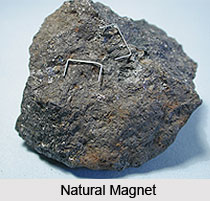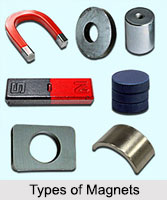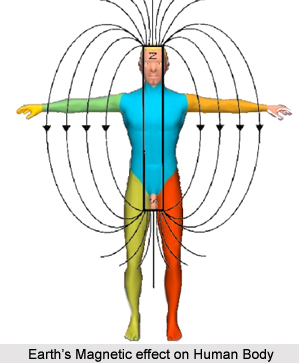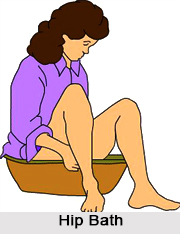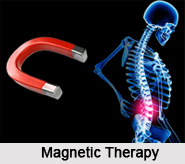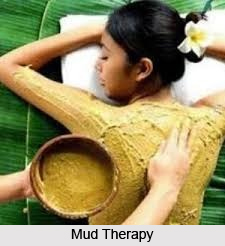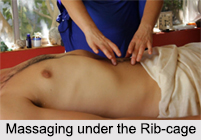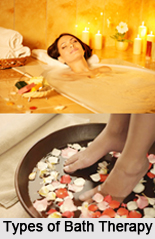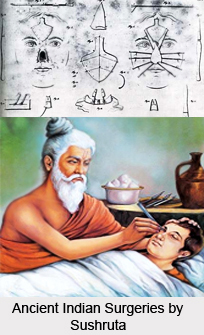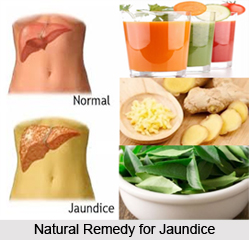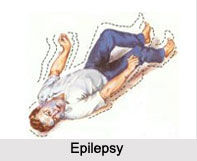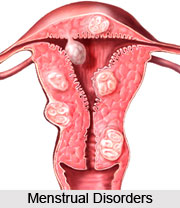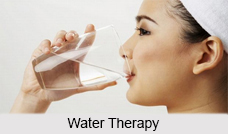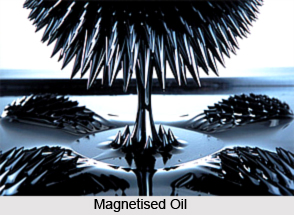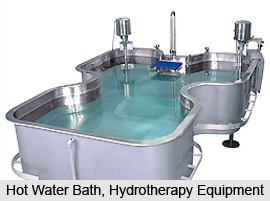 Hydrotherapy is referred to the utilization of water in treating various kinds of ailments and has been employed since ancient ages, which can be dated back to the period of the Romans and Greeks. It is believed to be an essential part of traditional medicinal treatments and is also popular as `hydropathy` or `hydrotherapy`. It is associated with `physiotherapy` and all kinds of pain are eased by water treatments in hydrotherapy. Various procedures and therapeutic processes are used for energizing blood circulation, thereby successfully diagnosing the symptoms of different maladies. Presently, `Iodine-Grine Therapy`, `Mineral Baths`, `Swiss Shower`, `Balneotherapy`, `Hot Tub`, `Jacuzzi`, `Hot Roman Bath`, `Kneipp Treatments` and so on.
Hydrotherapy is referred to the utilization of water in treating various kinds of ailments and has been employed since ancient ages, which can be dated back to the period of the Romans and Greeks. It is believed to be an essential part of traditional medicinal treatments and is also popular as `hydropathy` or `hydrotherapy`. It is associated with `physiotherapy` and all kinds of pain are eased by water treatments in hydrotherapy. Various procedures and therapeutic processes are used for energizing blood circulation, thereby successfully diagnosing the symptoms of different maladies. Presently, `Iodine-Grine Therapy`, `Mineral Baths`, `Swiss Shower`, `Balneotherapy`, `Hot Tub`, `Jacuzzi`, `Hot Roman Bath`, `Kneipp Treatments` and so on.
Types of Hydrotherapy
There are numerable sorts of hydrotherapy which are used depending on the disease to be treated. Some of the most popular hydrotherapy techniques comprise inhalation of steam, hot compresses, alternative cold and hot compresses, cool compresses, salt glow, showers and baths, cold mitten friction rub, hot compresses, wet sheet pack and others.
In external hydrotherapy the body is submerged in water and sometimes ice is applied on the body, and the idea is to relieve the body pains by the different temperatures and form of water, which is said to significantly affect the skin and its underlying tissues. Hot water baths are effectual for treating inefficient blood circulation, painful muscles, rheumatism and arthritis. Hydrotherapy is also applied along with aromatherapy. Occasionally, hydrotherapy experts employ cold water to trigger better blood circulation in the muscles as well as the skin.
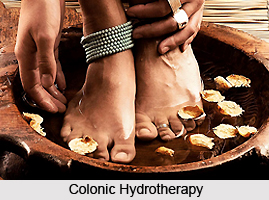 `Fomentation` or the application of warm heat is beneficial for treating arthritis, chest cold, flu and others. Ice packs are often utilized for relieving the pains of dental surgeries, headaches and sprains. Quite often, body water packs are used in order to bring about a calming and cool impact on psychiatric patients.
`Fomentation` or the application of warm heat is beneficial for treating arthritis, chest cold, flu and others. Ice packs are often utilized for relieving the pains of dental surgeries, headaches and sprains. Quite often, body water packs are used in order to bring about a calming and cool impact on psychiatric patients.
At times, experts also recommend `Sitz Baths` for patients wherein their lower abdomen must be dipped in water of a different temperature than the water surrounding their feet, while they are made to sit comfortable in a tub. Such baths are excellent remedies for calming menstrual cramps, haemorrhoids, swelling of the prostrate gland and so on. For treating injuries related to joints or muscles, the `motion-based hydrotherapy` is employed which has also found to be very useful for treating depression and anxiety. Internal hydrotherapy comprises steam baths. Another popular process of hydrotherapy includes the colonic hydrotherapy which is used for detoxifying the body.
Advantages of Hydrotherapy
Hydrotherapy is beneficial in various ways, particularly due to its capability of detoxifying the human body by eliminating the waste substances from the body. Patients undergoing hydrotherapy experience the ultimate relaxation as it enables the loosening of tight muscles and eases the process of digestion, thereby enhancing the metabolic rates of patients. It also moisturizes the cells which helps improve muscle tone and skin quality, besides strengthening the body immunity.
However, the aged people and even young children must avert the use of hydrotherapy. Sauna baths must be strictly avoided by patients suffering from heart diseases.





